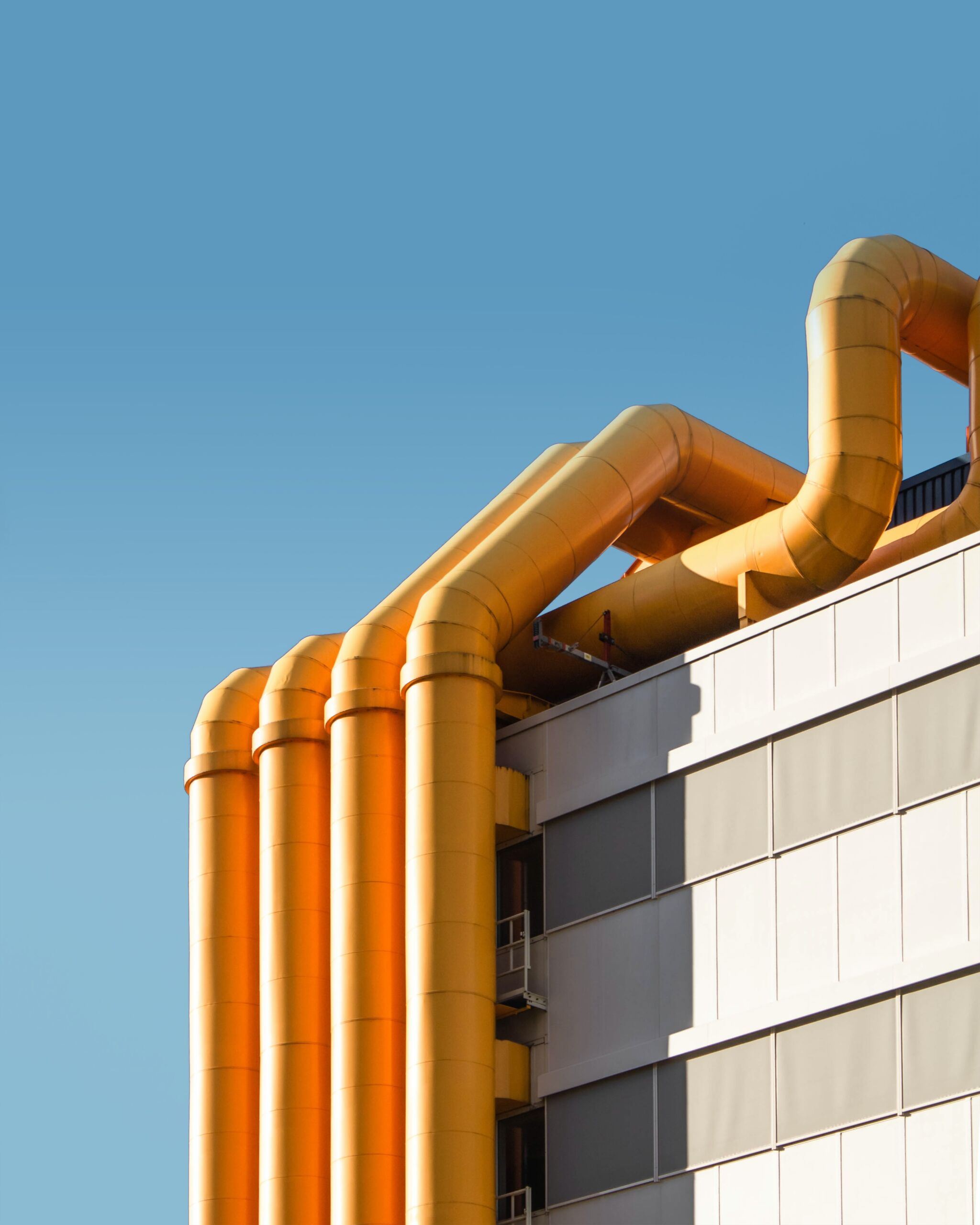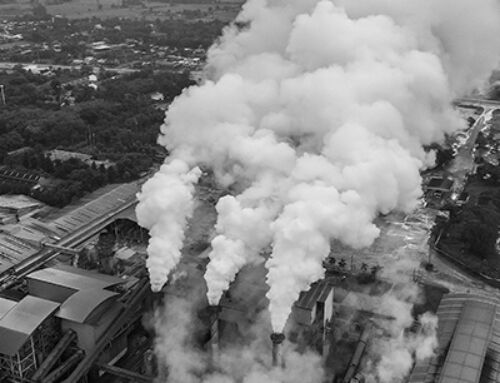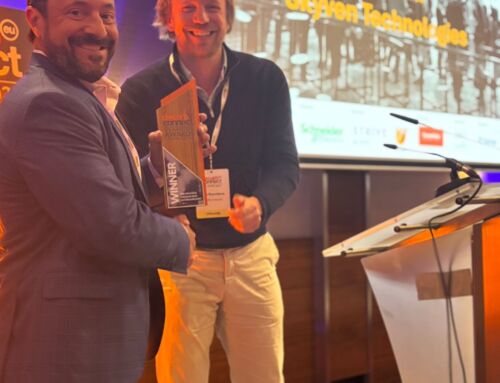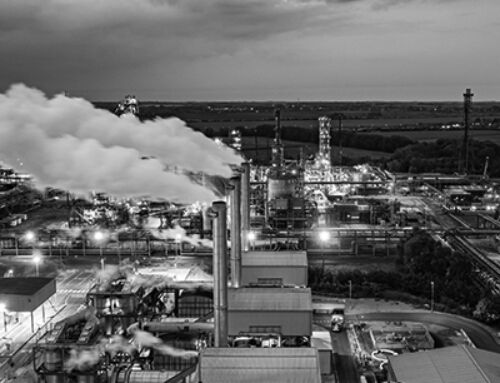Coefficient of performance (COP) is a critical performance metric for heat pumps, including those used in the manufacturing industry. However, comparing COPs between heat pumps can often be difficult, as there are different ways to measure COP, no standardization between companies or technologies, and a wide variety of industrial heat pumps (IHPs) available on the market.
With these factors in mind, we will focus on defining and interpreting COPs for steam-generating heat pumps (SGHPs). To provide context on COPs within the manufacturing industry, we compare the COPs of natural gas boilers, electric boilers, and SGHPs. Also note that hot water heat pumps aren’t discussed here, as they do not directly produce steam.
Read on to learn more about how Skyven looks at COP.
Defining and calculating COP
COP is an expression of the efficiency of a heating or cooling system, also described as the ratio of “energy out” to “energy in.”
For a SGHP or boiler, COP is determined by dividing the delivered thermal energy of a system (steam generated) by the energy consumed by the system (natural gas or electricity). Consequently, higher COPs represent greater efficiency.

Comparing COPs between technologies.
As an expression of efficiency, SGHP COP can be directly compared to boiler efficiency. In fact, COP and efficiency are often used interchangeably when discussing heating or cooling systems.
Next, we’ll compare the COPs of three different steam-generating systems: natural gas boilers, electric boilers, and SGHPs. Although the energy output of each system is steam, the energy input varies, leading to differences in COP. These variations are described below.
Natural gas boilers typically have COPs between 0.7 to 0.83. This loss in efficiency is due to the heat loss through the exhaust stack during combustion of natural gas.
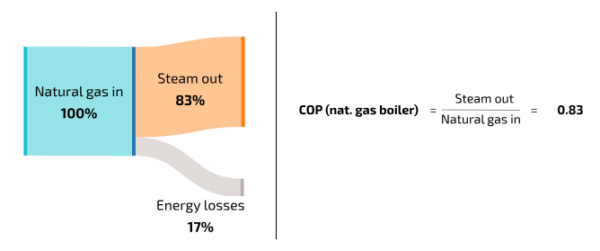
Electric boilers reach COPs of 0.99, with small energy losses due to heat loss through the surface of the boiler.
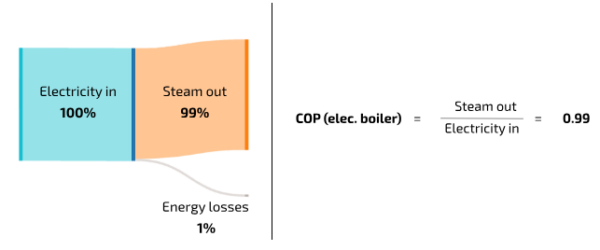
Steam-generating heat pumps (SGHPs) achieve higher COPs than boilers by using electricity to upgrade low-temperature heat. Thanks to this low-temperature heat input, SGHPs can produce more steam than an electric boiler while using the same amount of electricity. Along with COP, temperature lift, or increase in temperature between the heat in and the steam out, is another key metric for comparing heat pumps. The ideal heat pump will have a high COP at a high temperature lift. SGHPs like Skyven Arcturus produce COPs of 2.7 for typical temperature lifts of 235F.
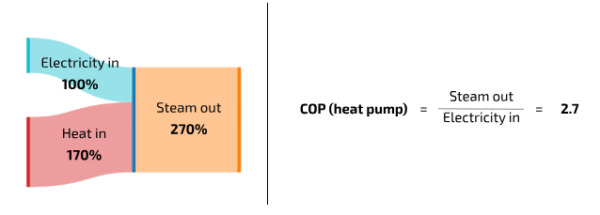
Skyven Arcturus SGHP: Determining COP under industrial conditions
As discussed above, SGHPs like Skyven Arcturus achieve their high COPs by upgrading low-temperature heat to produce steam. To understand how this process works, let’s discuss some additional details on Arcturus.
Skyven Arcturus is a SGHP built on mechanical vapor recompression (MVR) technology, which uses electricity to upgrade low-temperature heat captured from industrial processes and uses that heat to produce boiler-quality steam. Arcturus is the only commercially-ready technology that can produce boiler-quality steam at temperatures up to 420°F, pressures up to 300 psig, and temperature lifts up to 330°F.
For a typical temperature lift of 235°F, Arcturus produces a COP of 2.7. Arcturus COPs range from 2.1 to more than 8.0 depending on temperature lift (the difference between input and output temperature). The following graph shows variations in Arcturus COP at different heat source temperatures and output pressures.
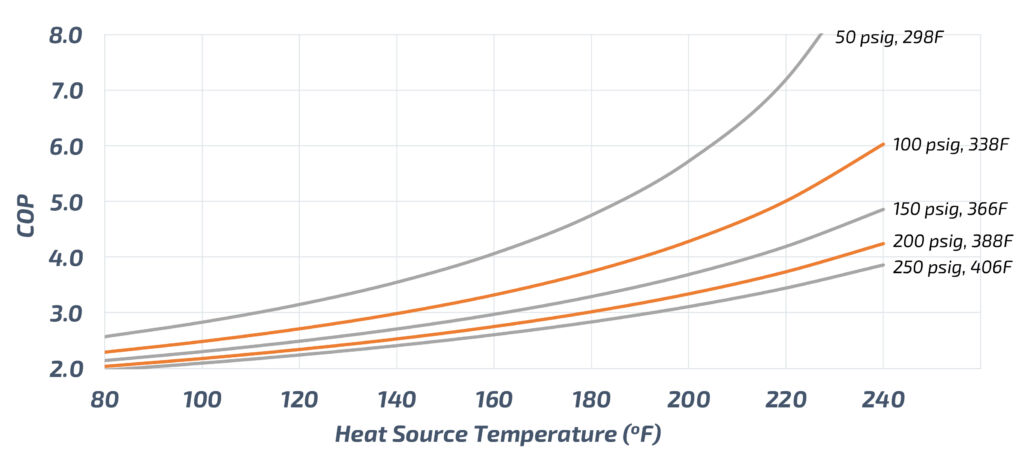
Arcturus achieves high COPs at higher temperature lifts than other IHPs through the following design features:
- Arcturus directly compresses water, which allows for multiple efficiency gains. Additionally, water is used in the system as a zero GWP refrigerant.
- Arcturus also uses multiple discrete compression stages to compress water/steam. This keeps steam temperatures close to saturation and limits system inefficiencies at high temperatures.
The following table contains examples of common operating conditions and corresponding Arcturus COPs for three industrial sectors. Arcturus COP depends on factors including heat source temperature, steam output pressure, temperature lift, and heat source quantity.

Ready to decarbonize your facility?
If you are ready to decarbonize your industrial facility or want to learn more about decarbonization options like Skyven Arcturus, we’d love to have a conversation.
Skyven is an Energy-as-a-Service and proprietary technology provider that delivers clean process heat to industrial facilities at prices lower than natural gas. We do this by identifying, funding, and building decarbonization solutions at your facility, then maintaining them for the life of our contract.
Learn more about the Skyven process here, or contact us here.

